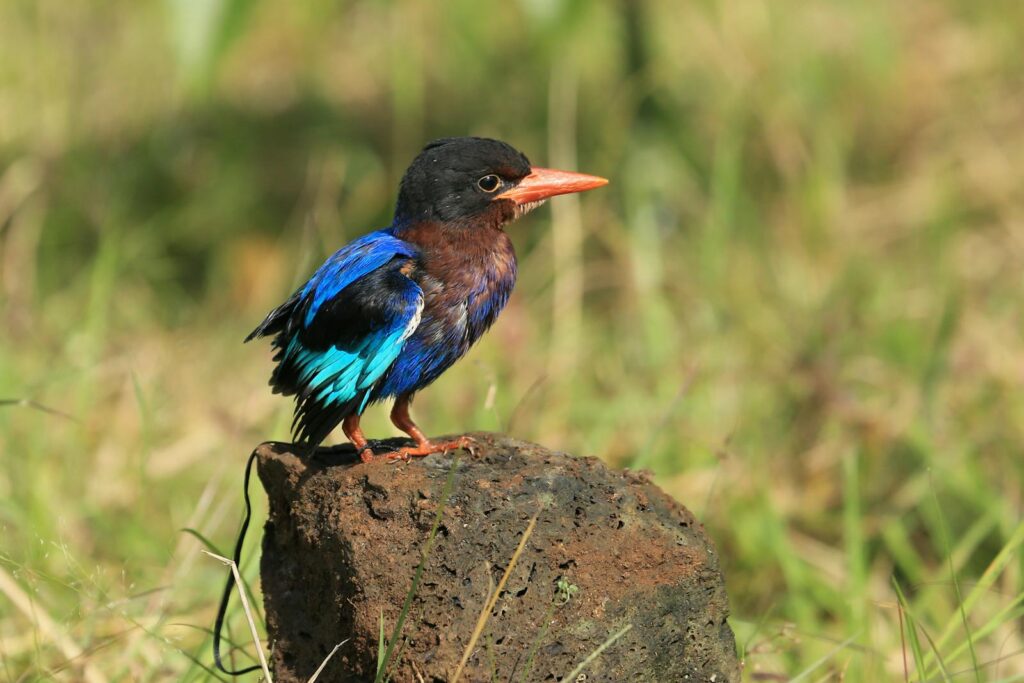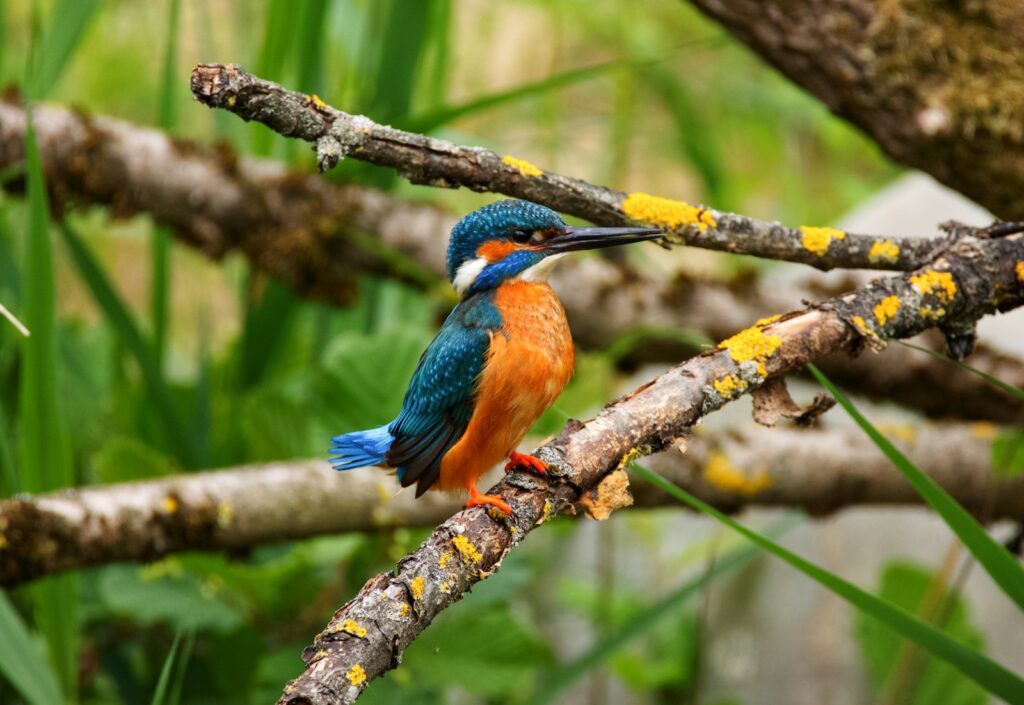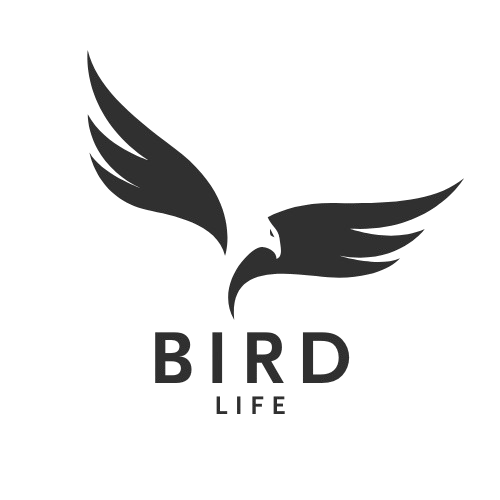Bird photography requires specialized equipment that can capture fast-moving subjects at a distance while maintaining exceptional image quality. The right lens can make the difference between a blurry disappointment and a frame-worthy wildlife portrait. Whether you’re a beginning bird photographer or a seasoned professional looking to upgrade your gear, selecting the appropriate lens is perhaps the most critical decision you’ll make. In this comprehensive guide, we’ll explore the essential characteristics of bird photography lenses and recommend specific options across various brands and price points to help you capture stunning avian images.
Understanding Focal Length Requirements

Bird photography typically demands longer focal lengths than most other photography genres due to the challenge of getting physically close to wild birds. Most serious bird photographers consider 400mm to be the minimum focal length for satisfactory results, though this can vary depending on the size of your subjects and shooting environments. Smaller songbirds may require 500-600mm or longer to fill the frame adequately, while larger species like herons or eagles might be captured effectively with 300-400mm lenses if you can approach reasonably close. Focal length directly affects your working distance, which is crucial for photographing naturally behaving birds without disturbing them. Remember that using a camera with a crop sensor effectively increases your focal length (typically by a factor of 1.5x or 1.6x), potentially giving you more “reach” with the same physical lens.
The Importance of Maximum Aperture

Maximum aperture (the lowest f-number a lens can achieve) plays a crucial role in bird photography success. Lenses with wider maximum apertures (like f/2.8, f/4) allow more light to reach the sensor, enabling faster shutter speeds to freeze motion and reduce camera shake when shooting handheld. These “fast” lenses also create more pleasing background blur (bokeh), helping to isolate birds from potentially distracting backgrounds. The downside of wider aperture lenses is they tend to be significantly larger, heavier, and more expensive than their smaller-aperture counterparts. For many bird photographers, a lens with a maximum aperture of f/4 or f/5.6 represents a practical balance between performance and portability. When shooting in low light conditions, such as birds in forest settings or during dawn/dusk hours, having that extra stop or two of light-gathering capability can mean the difference between capturing the shot or missing it entirely.
Image Stabilization Technology

Image stabilization, whether branded as Vibration Reduction (Nikon), Image Stabilization (Canon), Optical SteadyShot (Sony), or other proprietary names, is virtually essential for successful handheld bird photography. These systems work by compensating for camera movement, allowing photographers to shoot at slower shutter speeds than would otherwise be possible while maintaining sharp images. Most modern telephoto lenses offer around 4-5 stops of stabilization benefit, meaning you could theoretically shoot at shutter speeds 4-5 stops slower than the reciprocal rule would suggest (1/focal length). Higher-end stabilization systems often include special modes specifically designed for panning with moving subjects, which is particularly useful when tracking flying birds. Even when using a tripod, having stabilization can be beneficial in certain situations, though some older stabilization systems should be turned off when the camera is fully supported to prevent “feedback loop” vibrations.
Autofocus Performance Considerations

Robust autofocus capabilities are non-negotiable for bird photography, where subjects are frequently in motion and perfect focus is critical. Modern super-telephoto lenses typically feature advanced focusing motors that provide quick, precise, and nearly silent operation. When evaluating lenses, look for technologies like Canon’s USM (Ultrasonic Motor), Nikon’s AF-S (Silent Wave Motor), or Sony’s XD Linear Motors. Beyond pure speed, focus accuracy and tracking consistency are equally important. Many newer lenses incorporate dedicated microprocessors and enhanced algorithms specifically to improve tracking of erratic or fast-moving subjects. The ability to limit focus range via switches on the lens barrel can also dramatically improve autofocus performance by preventing the lens from hunting through its entire range. When paired with modern camera bodies that offer sophisticated bird/animal eye detection, today’s premium telephoto lenses can maintain focus on a bird’s eye even during complex flight patterns.
Prime vs. Zoom Lenses for Bird Photography

The debate between prime (fixed focal length) and zoom lenses has practical implications for bird photographers. Prime telephoto lenses typically offer superior optical quality, faster maximum apertures, and lighter weight compared to zoom lenses covering the same focal length. They often deliver exceptional sharpness and contrast that can enhance the fine detail in feathers and other bird features. Zoom lenses, while generally larger and heavier for a given maximum aperture, provide versatility that can be invaluable in the field, allowing photographers to quickly adjust framing without changing position. For birds at varying distances or for capturing both environmental and close-up shots, a zoom lens might be preferable despite potential optical compromises. Many serious bird photographers eventually acquire both types—perhaps a premium 500mm or 600mm prime for maximum quality and a versatile zoom like a 100-400mm or 200-600mm for situations requiring adaptability.
Canon Super-Telephoto Options

Canon offers an impressive lineup of lenses ideal for bird photography across various price points. The Canon EF 600mm f/4L IS III USM represents the pinnacle of bird photography optics, delivering exceptional sharpness, background separation, and autofocus performance in a package that, while still substantial, is significantly lighter than previous generations. For photographers seeking a more affordable but still professional-grade option, the Canon EF 100-400mm f/4.5-5.6L IS II USM provides remarkable versatility and image quality that rivals some prime lenses. In Canon’s newer RF mount, the RF 100-500mm F4.5-7.1 L IS USM offers extended reach while maintaining excellent optical performance, and it’s compatible with Canon’s unique RF teleconverters that can be mounted even when the lens is zoomed to wider focal lengths. Budget-conscious photographers might consider the Canon EF 400mm f/5.6L USM, which lacks image stabilization but delivers outstanding sharpness and rapid focusing at a more accessible price point.
Nikon’s Bird Photography Lens Selection

Nikon’s super-telephoto offerings provide excellent options for bird photographers using their DSLR or mirrorless systems. The flagship Nikon AF-S NIKKOR 600mm f/4E FL ED VR delivers extraordinary optical performance with reduced weight compared to earlier models, making it somewhat more manageable in the field despite its considerable size. For those seeking versatility without sacrificing too much image quality, the Nikon AF-S NIKKOR 200-500mm f/5.6E ED VR offers remarkable value, providing constant aperture throughout its zoom range and excellent vibration reduction capabilities. In Nikon’s Z-mount for mirrorless cameras, the NIKKOR Z 100-400mm f/4.5-5.6 VR S represents a new generation of telephoto zoom lenses with enhanced optical performance and focusing capabilities. A unique option in Nikon’s lineup is the AF-S NIKKOR 500mm f/5.6E PF ED VR, which uses Phase Fresnel technology to dramatically reduce the size and weight compared to traditional 500mm designs, making it an appealing choice for bird photographers who prioritize mobility and handholding capability.
Sony’s Telephoto Lens Ecosystem

Sony has rapidly expanded its super-telephoto offerings for E-mount mirrorless cameras, creating compelling options for bird photographers. The Sony FE 600mm F4 GM OSS represents their flagship offering, delivering exceptional sharpness and autofocus performance in a package designed for professional wildlife photography. The more recent Sony FE 400mm F2.8 GM OSS offers unparalleled low-light capabilities and pairs exceptionally well with Sony’s teleconverters for extended reach while maintaining fast aperture. Perhaps most notable for enthusiast bird photographers is the Sony FE 200-600mm F5.6-6.3 G OSS, which provides remarkable reach and versatility at a significantly lower price point than the G Master options, while still delivering excellent image quality and focus performance. Completing Sony’s bird photography ecosystem are their 1.4x and 2.0x teleconverters, which maintain excellent image quality and autofocus capabilities when paired with compatible lenses, effectively extending focal lengths to as long as 1200mm with certain combinations.
Third-Party Manufacturer Options

Several third-party lens manufacturers offer compelling alternatives to camera manufacturers’ native lenses, often at substantially lower prices. Sigma’s Contemporary and Sports lines include several options well-suited to bird photography, with the Sigma 150-600mm f/5-6.3 DG OS HSM Sports version offering weather-sealing and enhanced build quality for serious field use. Tamron’s SP 150-600mm G2 provides excellent image quality and stabilization performance at a mid-range price point, with improved autofocus speed over its predecessor. Tokina and other manufacturers have also entered the super-telephoto market with options that make long focal lengths more accessible to photographers on tighter budgets. While these third-party lenses may not always match the absolute peak performance of premium manufacturer-branded options, the image quality gap has narrowed significantly in recent years, making them worthy of serious consideration. Many third-party lenses now offer advanced features like custom function buttons, focus limiters, and compatibility with manufacturer teleconverters that were once exclusive to native lenses.
Teleconverters: Extending Your Reach

Teleconverters (also called extenders) are specialized optical devices that mount between your camera and lens to increase focal length, typically by factors of 1.4x or 2x. For bird photographers, teleconverters can be invaluable tools for achieving greater magnification without investing in longer prime lenses. However, using teleconverters involves trade-offs: a 1.4x teleconverter reduces your maximum aperture by one stop, while a 2x teleconverter reduces it by two stops, potentially affecting autofocus performance on camera bodies that require f/5.6 or brighter for optimal focusing. Image quality may also be somewhat compromised, though with modern teleconverters paired with compatible high-quality lenses, this effect is often minimal. Many professionals routinely use the 1.4x teleconverter with flagship prime lenses, finding the slight reduction in image quality acceptable for the increased reach. When purchasing teleconverters, it’s generally recommended to stick with the same brand as your lens to ensure optimal optical and electronic compatibility.
Budget-Friendly Lens Options

Bird photography doesn’t necessarily require a bank-breaking investment in equipment, as several more affordable options can yield impressive results. Entry-level telephoto zooms like the Sigma or Tamron 100-400mm lenses offer significant reach at apertures suitable for good lighting conditions. The aforementioned Nikon 200-500mm f/5.6E represents excellent value, as does the Canon EF 100-400mm II when purchased used. For absolute budget options, vintage manual focus lenses like the Nikon 300mm f/4.5 AI-S or various third-party mirror lenses can provide telephoto reach at very low prices, though without modern conveniences like autofocus or image stabilization. Many beginning bird photographers start with consumer-grade 70-300mm lenses that, while not ideal, can still capture larger birds and help develop technique before investing in more specialized equipment. Remember that the most expensive lens won’t compensate for poor field craft and knowledge of bird behavior, so investing time in learning these skills alongside gradually upgrading equipment often yields the best results.
Hand-Holding vs. Tripod Considerations

The weight and handling characteristics of telephoto lenses influence the practical shooting experience for bird photographers. Premium 600mm f/4 lenses typically weigh around 3-4 kg (7-9 lbs), making them challenging to handhold for extended periods despite significant weight reductions in recent generations. Many professional bird photographers use specialized tripods with gimbal heads that balance these heavy lenses, allowing smooth panning and tilting while supporting the weight. Lighter options like 100-400mm zooms or the Nikon 500mm PF lens (weighing about 1.5 kg) can be handheld successfully, especially with good technique and image stabilization. When selecting a lens, honestly assess your physical capabilities and shooting style—a technically superior lens that’s too heavy for you to handle effectively may produce worse results than a slightly less capable lens you can comfortably use. Some photographers opt for monopods as a compromise, providing support while maintaining more mobility than a full tripod setup.
Weather Sealing and Durability

Bird photography often takes place in challenging environments where equipment may be exposed to dust, moisture, temperature extremes, and physical impacts. Professional-grade lenses typically feature comprehensive weather sealing with gaskets around moving parts and controls, along with protective fluorine coatings on front elements to repel water and facilitate cleaning. These rugged build characteristics are valuable insurance for expensive equipment used in unpredictable field conditions. Entry-level and some mid-range lenses may offer reduced weather resistance or none at all, requiring additional protection in adverse conditions. Build quality extends beyond just weather sealing to include the robustness of focus and zoom mechanisms, which should operate smoothly without play or wobble even after years of use. For photographers working in particularly harsh environments like coastal areas with salt spray or dusty desert regions, investing in better-sealed equipment can prevent costly repairs and extend the working life of your gear substantially.
Practical Field Considerations for Bird Photographers

Beyond the technical specifications, several practical considerations affect lens selection for bird photography. Weight and portability become crucial factors when hiking to remote locations or traveling by air with equipment restrictions. Lens color can sometimes impact wildlife behavior—white telephoto lenses are highly visible, while darker lenses may attract less attention from wary birds. For photographers who frequently shoot from blinds or vehicles, lens minimum focus distance becomes important; some telephoto lenses can focus as close as 2-3 meters, allowing frame-filling images of birds that approach closely. The inclusion of an Arca-Swiss compatible tripod foot or lens collar with rotation capability can enhance handling flexibility in the field. Some modern lenses offer programmable function buttons that can be customized to control focus modes or other settings without removing your eye from the viewfinder. These seemingly minor features can significantly impact the practical shooting experience when spending hours in the field pursuing avian subjects.
Conclusion

Selecting the ideal lens for bird photography involves balancing optical performance, focal length, handling characteristics, and budget considerations. While flagship super-telephoto primes deliver uncompromising image quality, many enthusiast photographers achieve excellent results with more affordable telephoto zooms or innovative designs like Phase Fresnel lenses. Understanding your specific needs and shooting style is crucial to making the right investment. As camera technology continues to advance with improved high-ISO performance and enhanced autofocus capabilities, even modestly-specified lenses can produce remarkable bird images when paired with good technique and field craft. Whatever your equipment budget, developing knowledge of bird behavior and patience in the field remain the most valuable assets in creating compelling avian photographs.
